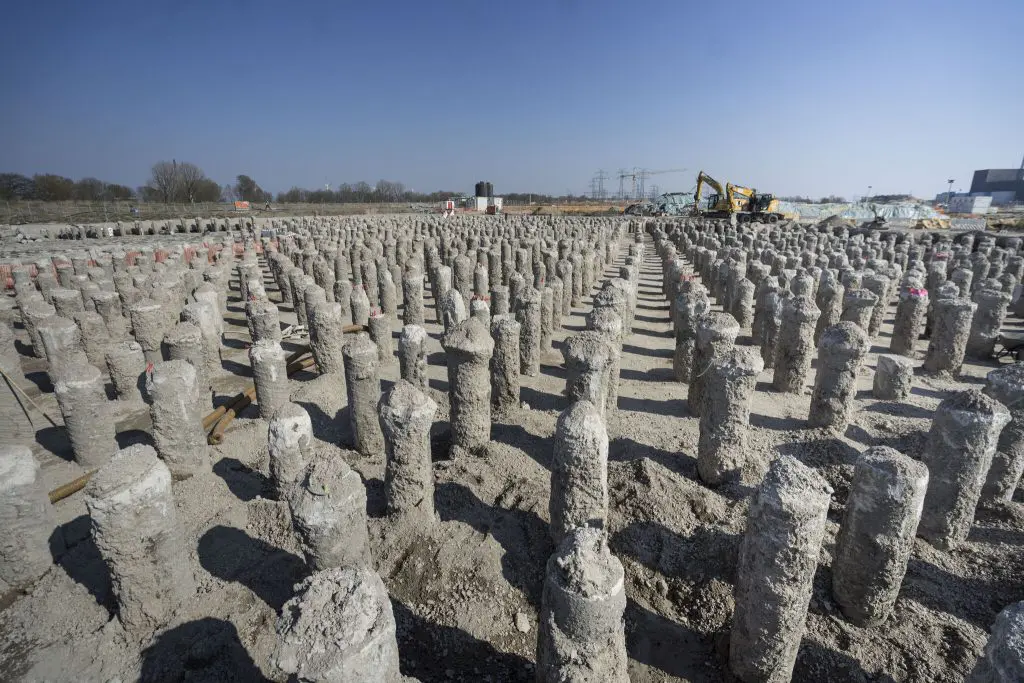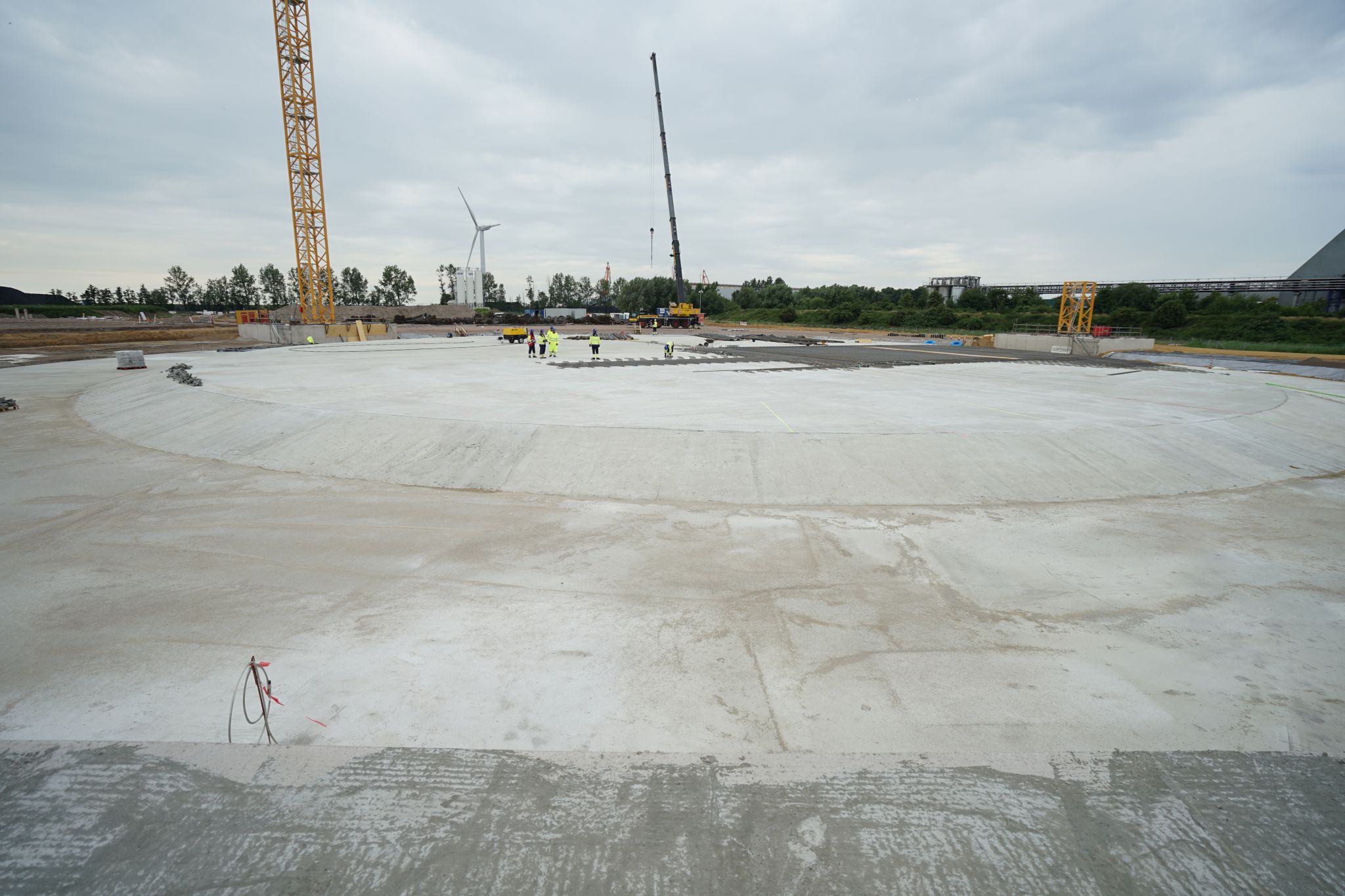This story requires a subscription
This includes a single user license.
Last year, Gasunie and RWE made the final investment decision on the onshore LNG import terminal in Brunsbüttel.
Before the decision, the JV also kicked off preparatory activities, including site installation and fencing, earthworks to consolidate and drain the land areas, and construction of roads and access routes.
A unit of French construction company Vinci and Spanish engineering firm Sener won the EPC contract.
Gasunie holds a 40 percent operating stake in the facility, RWE has a 10 percent stake, while the German government, through KfW, holds a 50 percent stake.
LNG tanks
German LNG Terminal said in an update on Wednesday that construction at the terminal site is “moving forward steadily.”
“At the turn of 2024/25, the focus shifted from extensive site preparation earthworks to installing the foundation piles (I, II) for the two main LNG tanks — the future landmarks of the terminal,” the JV said.
These tanks, each approximately 80 meters in diameter and 53 meters high, are being engineered with pre-stressed walls and reinforced foundations to allow a future conversion to storage of hydrogen carriers such as ammonia.
German LNG Terminal said this makes the construction of these tanks “significantly more complex.”
Each tank will now be resting on 2,800 piles of about 20m long — roughly double the amount of piles that would be required for LNG storage alone.
“This piling work has now been completed and civil contractor DOMINION Polska has taken over to start working on the tank foundations (III, IV),2 the JV said.

In the meantime, elsewhere in the facility another 3,000 piles are being installed (V) to support the process equipment and other infrastructure, while in parallel, also the Dutch contractor team Ballast Nedam Infra and Hakkers Waterbouw are preparing to start the jetty construction later this summer.
“More than 150 people are currently active on site, all working toward one common goal: to begin terminal operations as early as possible in 2027,” the JV said.
Capacity
The terminal is expected to regasify and feed some 10 billion cubic meters of natural gas into the German grid.
US energy giant ConocoPhillips, UK’s Ineos, and RWE have previously agreed to book long-term capacity at the onshore LNG import facility.
German LNG Terminal previously said the three initial clients had booked 90 percent of the long-term capacity, while 10 percent of the capacity is still available and open for short-term bookings.
Brunsbüttel already hosts the Elbehafen FSRU-based LNG import terminal.
Once in operation, the new land-based LNG terminal will replace the current FSRU-based facility.
The 170,000-cbm FSRU Hoegh Gannet, which serves the Elbehafen LNG import terminal Brunsbüttel, started supplying regasified LNG to the German grid on March 22, 2023, as part of the commissioning phase.

